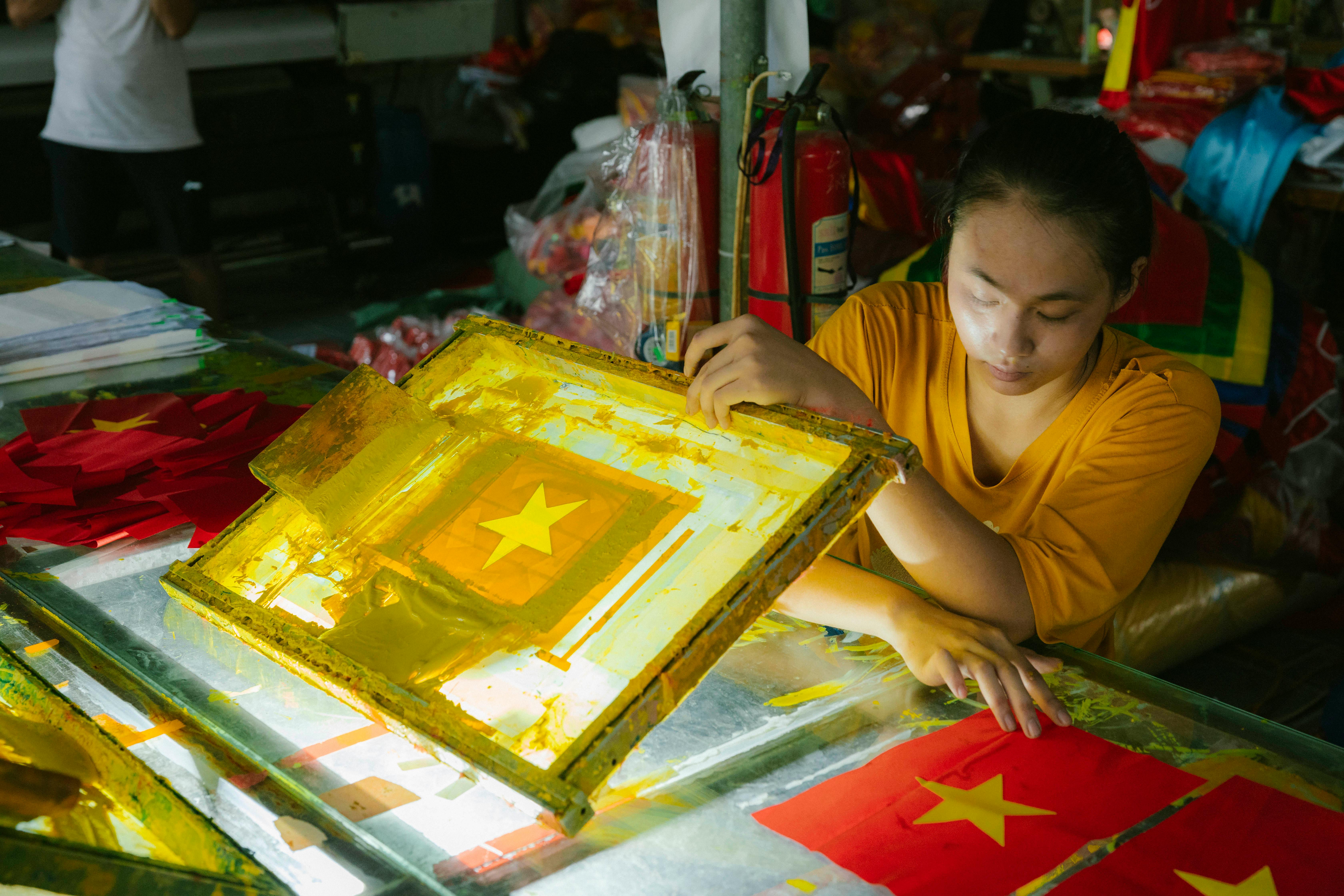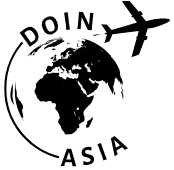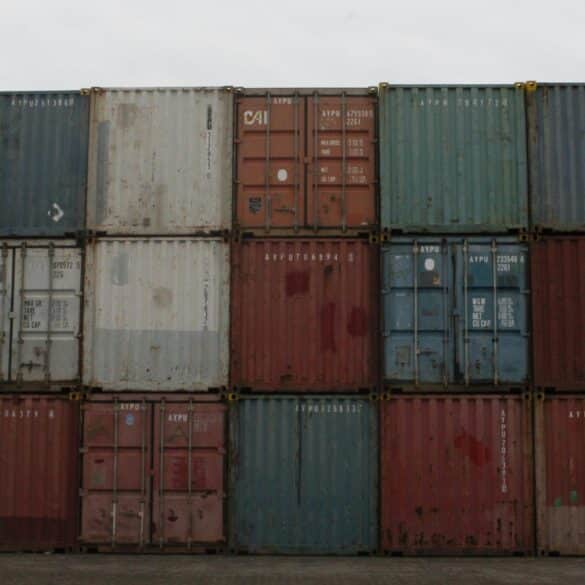Vietnam Textile Manufacturing Optimization: Complete Export Guide
What really strikes me about Vietnam’s textile sector—especially during countless factory visits over the last five years—isn’t just the relentless pace of change. It’s the constant tug between tradition and modern export demands. The industry is astonishingly competitive, yet grounded, remarkably adaptive, and—if I’m being honest—way more complex than it appears to outsiders. So, if you’re thinking about leveling up textile manufacturing for international export, you’re in the right spot. This guide combines hard-learned lessons, evolving strategies, common pitfalls (some I’ve committed myself), bite-sized data, and real human stories that set Vietnam apart from neighboring apparel powerhouses.
Let’s start with numbers. As of late 2023, Vietnam’s textile and garment exports exceeded $44 billion, cementing its role as a global leader behind China and Bangladesh1. But these headline figures mask a host of challenges—ranging from raw material sourcing to labor skill upgrades, digital transformation hiccups, sustainability mandates, compliance headaches, and the wild card of fluctuating global demand2. I remember working with a mid-sized factory outside Ho Chi Minh City back in 2021—they were caught between legacy workflows and costly, high-tech upgrades, unsure which path would actually deliver ROI. The solution wasn’t what the consultants recommended. It was a hybrid; equal parts local know-how and lean manufacturing frameworks. That blend proved transformative, not just for them but for dozens of suppliers they collaborated with.
Industry Overview: Vietnam’s Global Textile Position
Interestingly enough, Vietnam’s textile journey is more than post-2000 “factory boom” headlines. Back in the late 1980s, after the Đổi Mới economic reforms, textile became a springboard for export-driven prosperity3. By the time global buyers like Nike, Adidas, H&M, and Zara entered the fray, Vietnam’s ability to deliver high-volume, quick-turnaround orders transformed the sector into a super-responsive node in global supply chains. But why choose Vietnam over its competitors? From my experience advising foreign buyers, the answer almost always involves four variables:
- Strategic market access (ASEAN, CPTPP, EVFTA agreements enable tariff-free exports4)
- Competitive labor costs (with major caveats on productivity)
- Agility in switching orders/styles
- Improved manufacturing infrastructure—and here’s where things start to get tricky
Key Insight:
Vietnam’s export strength isn’t just a function of cost—it’s built on hard-won agility, networked suppliers, and a willingness to innovate rapidly. Still, persistent gaps in value-added production, skill training, and digitalization leave plenty of optimization room for growth.
Market Trends and Export Dynamics
Now, I’ll be completely honest—the wild swings in global demand since COVID have left buyers skittish and factories scrambling for backup plans. In my early days consulting for European brands, everyone wanted “just-in-time” inventory. Nowadays? Bulk orders are creeping back in, but buyers demand sustainability tracking, digital order updates, and transparent certifications5. This creates both opportunity and chaos. The more I think about it, the more I realise: agility is the new currency, and factories capable of rapid process optimization grab the lion’s share of contracts.
Next, let’s get hands-on with optimization frameworks that actually move the needle for Vietnamese exporters.
Manufacturing Optimization Framework: The Vietnamese Approach
Having worked shoulder-to-shoulder with Vietnamese factory owners and line managers across dozens of sites, I’ve seen optimization efforts run the full spectrum—from analogue to AI-driven. The truth is, optimization is never one-size-fits-all. What excites me most? Watching a legacy family-run facility transition from monthly Excel audits to a fully digital MES (manufacturing execution system) in a matter of months. That’s a game-changer. But not every step works out perfectly—or instantly. Let me step back for a moment and lay out the framework that’s consistently delivered real gains, drawing from both my own successes and a couple of painful lessons.
- Process Mapping & Bottleneck Identification
Most factories underestimate how variable their bottlenecks actually are. Map every workflow—from yarn sourcing to shipment. Use time-and-motion studies with both digital tools and old-fashioned stopwatch audits. I once missed a manual packaging bottleneck until a floor supervisor pointed out a choke-point—something the software skipped entirely. Lesson: Human checks matter. - Lean Manufacturing & Kaizen Culture
While lean principles are well-known, Kaizen (continuous improvement) processes must reflect local realities. After years of trial-and-error, I’ve learned to prioritize small, rapid changes over top-down system mandates. One notable client cut returns by 9% just by implementing daily feedback sessions, rather than monthly “all-hands.” Try that before splurging on automation. - Digitalization & Data Integration
Now, it’s tempting to rush straight into ERP or cloud MES. Pause here: incremental digitization works better, especially for export-focused medium-sized facilities. Last year, during a digital rollout, we piloted modular inventory tracking on one production line. The result? Faster troubleshooting, nearly instant batch traceability, and better compliance readiness—a perfect fit for export certification audits. - Supplier Network Optimization
Vietnam’s supply chains are deeply relational. I’m partial to systems that blend software tracking (traceability) with old-school, in-person supplier relationships. That hybrid approach—especially for sustainable inputs like organic cotton—gets flagged and verified faster by international buyers while building trust all around. - Workforce Skills Upgrading
This is where I get passionate. The speed of upskilling makes or breaks optimization. Factory-based micro-certifications (pattern design, dyeing, QA for export compliance) win over generic classroom sessions. Regular rotation between production lines has improved error detection and job satisfaction—for real, not just on paper—and reduced absenteeism in several facilities I’ve monitored.
Expert Tip:
Don’t chase digital perfection. Mix low-tech, high-touch process audits with targeted digital upgrades—it’s the sweet spot for Vietnam’s export realities. And never ignore local culture; communal responsibility and pride often drive sustainable change more than top-down mandates.
Sustainability, Compliance & ESG: Real-World Export Musts
Now, sustainability isn’t just a buzzword—especially for European and North American buyers. I’ve consistently found that “green certifications” like OEKO-TEX, GRS, or BCI practically guarantee contract eligibility, but only if suppliers back up the paperwork with actual process changes. Just last year, a factory lost a lucrative order over a minor wastewater audit failure: quick fix? Introducing traceable eco-friendly dyes in partnership with domestic chemical suppliers. Lesson learned the hard way.
| Certification | Export Region | Core Requirements | Optimization Tactic |
|---|---|---|---|
| OEKO-TEX | EU, NA | Chemical Traceability | Integrate digital drip-feed logs + supplier verification |
| GRS | Global | Recycled Material Audit | Modular traceability software + on-site audits |
| BCI | Asia, EU | Sustainable Cotton Sourcing | Hybrid supplier vetting: tech + face-to-face checks |
Honestly, compliance is a moving target—requirements shift as buyer priorities change6. I go back and forth on whether third-party audits or in-house traceability deliver better results; for most Vietnamese exporters, a blend works best. Plus, ESG (Environment, Social, Governance) now means more than just paperwork: buyers expect worker safety upgrades, gender equity efforts, and transparent labor contracts. Factories slow to adapt here face shrinking order books. The more I engage with local managers, the more I realize that buyer trust is built on actual change, not just “green” branding.
“Vietnam’s textile sector is poised for responsible growth, but only where companies turn compliance from a checklist into a cornerstone of culture.”
Quick Reality Check:
No matter how slick your export pitch is, international buyers will ask for documentary proof—think real-time digital logs, not old-school Excel files. Get ahead by digitizing compliance evidence and updating supplier partnerships for every major market region.

Case Studies & Lessons Learned: Real-World Export Optimization in Vietnam
Before I dive deeper into advanced tactics, let me step back with a true story. In 2022, I worked with a Binh Duong-based knitwear factory whose export operations were in trouble—late shipments, variable quality, mounting returns. What puzzled management most? They’d already invested heavily in automation. On second thought, the biggest issue was “people, not machines.” After a crash course in cultural integration (blending older artisans with a new generation of tech-savvy recruits), productivity soared, error rates plunged, and—remarkably—Europe-bound orders resumed. Lesson? Human-centric optimization trumped hardware investment, and it’s a pattern I see repeatedly, especially across mid-sized Vietnamese apparel clusters.
Sound familiar? These stories aren’t just anecdotal. They’re representative of broader trends that get overlooked in global headlines. Take the “pivot to sustainability”: factories that invested early in certifications and real process upgrades now command premiums, secure multi-year contracts, and avoid costly compliance battles. That’s not luck—it’s strategic foresight backed by visible change.
Case Example:
A woven apparel factory in Hanoi implemented modular machine maintenance schedules based on predictive analytics. Instead of blanket downtime, each line was serviced based on digital performance logs and worker feedback. They saw a 12% jump in output quality and landed a year-long contract with a top North American retailer—a result only possible because tech upgrades matched actual factory culture, not just industry “best practices.”
Advanced Tactics: For Exporters Ready to Scale Up
- Micro-automation – Instead of full-scale robotics, try incremental automation (automated fabric folding, dye tracking) to maximize ROI for export orders while controlling retraining costs.
- Smart QA (Quality Assurance) – Pilot “digital twin” production lines for simulated QA review before mass production. Several Vietnamese hubs have reduced sample failures by 8-15% using this approach7.
- Dynamic Order Optimization – Use predictive analytics to route priority export shipments to “hot lines” with proven delivery records.
- Supplier Collaboration Labs – Co-create sample materials with domestic and international suppliers, improving speed-to-market for high-demand export segments.
I’ll never forget a client who tried to roll out blanket automation—only to see early success fade as complex orders piled up. Their next attempt mixed legacy expertise with modular upskilling, and suddenly, they could fulfill Japanese compliance requests without a hitch. The takeaway? Stepwise innovation wins in Vietnam’s diverse factory ecosystem.
Featured Snippet: “How can Vietnamese factories optimize textile exports?”
- Map workflows to identify real bottlenecks
- Blend Kaizen–style daily improvements with digital upgrades
- Digitize compliance—focus on real-time logs, not static spreadsheets
- Invest in targeted worker upskilling
- Pilot micro-automation in high-impact areas
- Track global buyer requirements and adapt supplier partnerships accordingly
“Optimization is about matching tech innovation with human adaptability. Vietnam’s export growth depends on factories willing to blend both—and pivot fast.”
| Optimization Area | Tactic | Result | Export Market |
|---|---|---|---|
| Skills Upgrading | Rotating line certification | 10% error drop | Japan, Korea |
| Digital QA | “Digital twin” line | 15% sample pass increase | EU, NA |
| Process Mapping | Time-motion audits | Faster shipment | Global |
Ever notice how the sectors leading Vietnamese export growth are the ones quickest to adapt, not the biggest or oldest? It’s something industry analysts consistently mention8. I’ve watched both huge and tiny factories pivot on a dime thanks to small, courageous management moves—a mindset you can actually nurture if you focus on flexibility as much as efficiency.
Future Outlook & Recommendations: Next Steps for Export-Driven Growth
Looking ahead, it’s clear that Vietnam’s textile exporters must balance rapid innovation with cultural integration, regulatory adaptation, and human-centric progress. What gets me most excited is the sector’s unique blend of local wisdom and international ambition. But here’s the thing—optimization isn’t static. It’s a living, shifting process. Some weeks the focus is on digital transformation, other times it’s on skills mapping or sustainability audits. My current thinking is that successful exporters will prioritize:
- Agility—quickly adapting to buyer demands and regulation changes
- Blended compliance—mixing digital records with local process audits
- Continuous upskilling—empowering the workforce to lead innovation
- Supplier relationship upgrades—hybrid tech/personal vetting for sustainable sourcing
- Strategic digitalization—targeted tech upgrades (not just blanket ERP installs)
Call to Action:
Reflect on your current factory setup: Where are the real bottlenecks? How can you blend people, process, and technology to meet growing global buyer demands? Vietnam’s textile export future depends on today’s innovators.
Common Pitfalls & Learning Moments
Honestly, I’ve made (and seen) most of the mistakes firsthand—rushing system upgrades, skipping stakeholder buy-in, underestimating the complexity of global compliance. My advice? Start small. Pilot changes. Gather factory-floor feedback before full rollout. That’s how the best Vietnamese exporters build resilience, not just scale.
Pause here and ask yourself: Are you prioritizing quick fixes or long-term adaptability? The winners in Vietnam’s export race are those who invest in ongoing learning, transparent communication, and the courage to experiment with “imperfect” solutions that evolve over time.
“Global textile success is rooted in local innovation—every Vietnamese factory brings something unique to the international table.”
References & Further Reading



